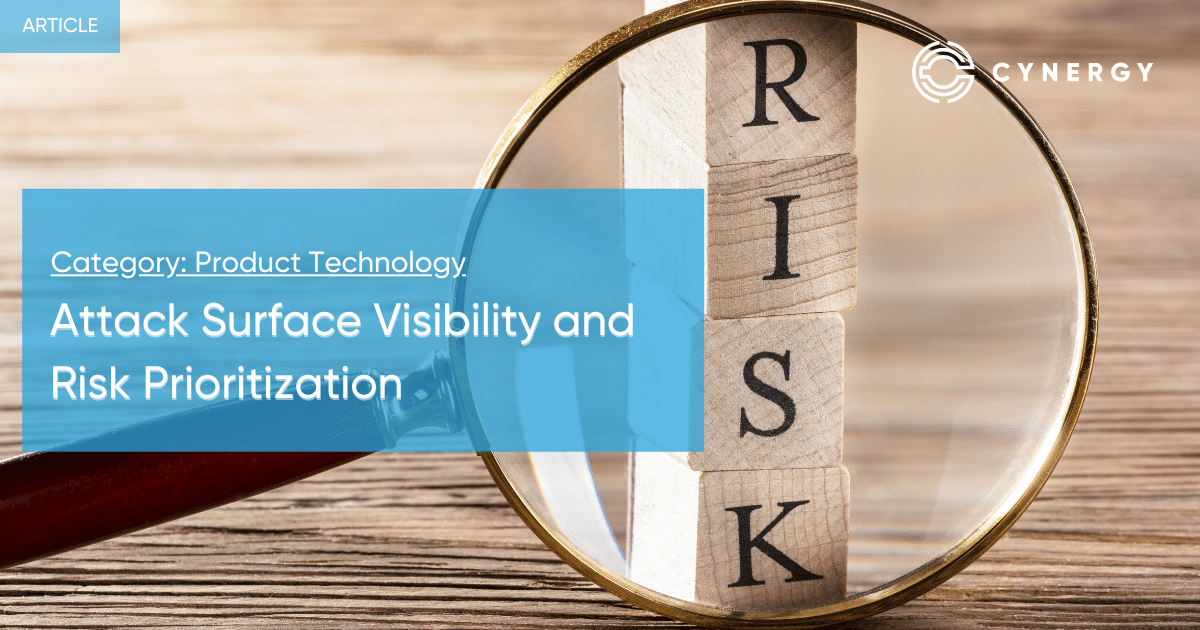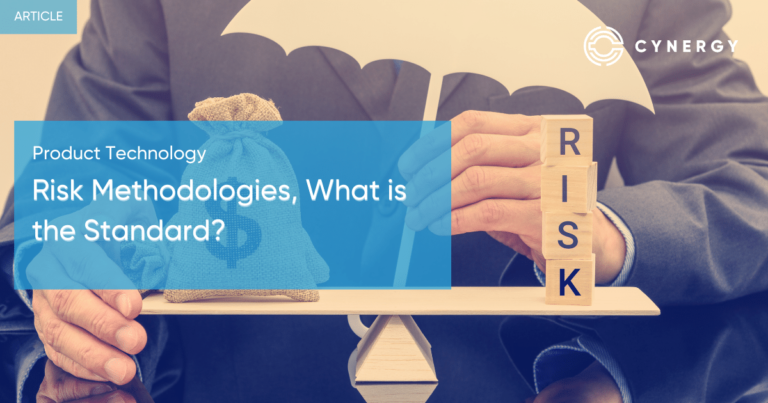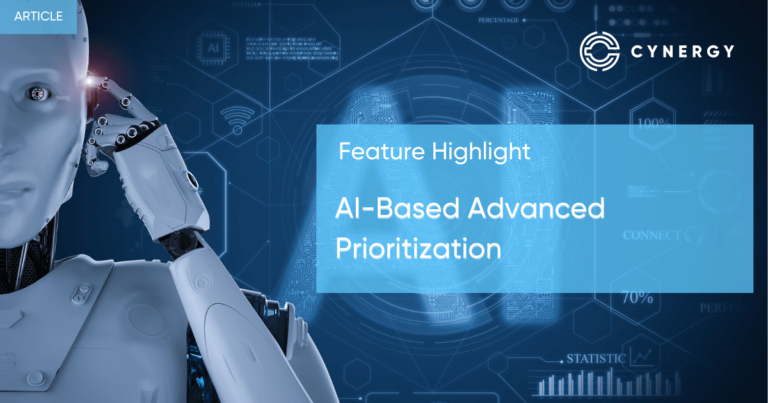An attack surface visibility is any asset exposed to attacks. Also, there are various ways a hacker can breach a network. Characteristically, attacker-exposed digital assets can be known or unknown, vulnerable to attacks or secure, on-premise, cloud-based, or managed through third parties. In recent years, attack surfaces have expanded significantly. According to Forbes, the contributing factors include more focus on remote work, supply-chain threats, and increased use of the Internet of Things (IoT).
However, an expanding attack surface causes critical security problems. For example, the primary challenge is security chiefs and IT departments may not track all assets. Essentially, this means the inability to understand all the deployed IT infrastructure, otherwise known as shadow risk.
For many enterprises, shadow risk is an awareness gap that presents a significant security issue. Specifically, unmanaged and unknown assets provide easy entry points for cybercriminals. Nevertheless, lack of attack surface visibility results in unidentified security risks. But full attack surface visibility allows detection of all risks to enable risk prioritization.
On the other hand, risk prioritization is a recommended method for managing risks. In this process, a security team first identifies security risks and analyzes them. Risk analysis involves assessing how the risks can impact organizational security. Some of the factors used are the possibility of the risk occurring and potential impacts on assets. Then, the risks are ranked from highest to lowest. As a result, risks with the highest impacts are remediated first. However, it is impossible to detect, assess, and prioritize risks without complete attack surface visibility.
Request a Live Demo
Want to enhance your cybersecurity operations?
Are you looking for your first cybersecurity expert?
Want to gain visibility for your exposed assets?
You can request a live demo by scheduling date and time on our available hours:
Why do Enterprises Require Full Attack Surface Visibility?
Cybercriminals are looking to exploit attack surfaces with the least resiliency to attacks. Notably, vulnerable attack surfaces can be exploited to gain access to valuable data and secured networks. Therefore, to stay ahead, companies must adopt a hacker’s mindset. The only way to do so is to maintain constant visibility of all attack surfaces. Organizations can achieve this by assessing the entire IT environment with the help of a proven cybersecurity firm.
More importantly, IT managers must understand how much digital infrastructure is exposed to cyber risks. By achieving company-wide visibility of all attack surfaces, it becomes easy to assess and prioritize risks. In this regard, the extent to which a company prioritizes risk mitigation in attack surfaces depends on the knowledge of all connected devices. In addition, complete attack surface visibility is essential because:
1. IT Complexities Cause Security Challenges
In contrast to yesteryears, systems and apps no longer sit within a protected perimeter. Some companies have fully migrated to the cloud, while others use both on-premise and cloud assets to increase productivity. In addition, global events like the COVID-19 pandemic cause enterprises to change their IT infrastructure daily. However, the increased complexities have serious security effects. As the IT landscape changes, an organization must identify and prioritize emerging risks. For example, a misconfigured device can expose the company to data breaches or ransomware attacks. As a countermeasure, every enterprise must answer the following:
- Are there unknown blind spots that can catch an attacker’s attention?
- How can it achieve cyber risk visibility across all attack surfaces?
- Which digital assets, including cloud- and on-premise-based, are more vulnerable?
- How do different risks impact the IT environment if exploited?
- How can we prioritize risk treatment to minimize security risks effectively?
2. Inability to Perform and Maintain Up-To-Date IT Inventory
The attack surface comprises all digital assets needed to drive business operations. They range from smartphones, laptops to desktop computers. Therefore, to fully understand the true extent of the attack surface, an organization must know all its assets. In particular, a business owner must understand the assets and their interactions with users, networks, and data. Even more specifically, it is integral to understand the business processes relying on the assets.
However, many organizations are unable to keep track of their IT assets. This issue is partly due to the proliferation of internet-facing devices, which has caused most employees to use any device for work reasons. Despite the inability to maintain an inventory of IT assets, the information is fundamental to risk management. Only a company armed with full knowledge of its assets can establish the severity of various risks. Therefore, attack surface visibility is tied to sufficient risk identification, prioritization, and mitigation.
3. Modern Security Solutions Provide Partial Visibility
A common belief is that applying modern security solutions addresses risks sufficiently. For example, some business owners use antivirus and firewalls only to protect their digital ecosystems. While security tools are necessary to secure data and networks, they fail to address limited attack surface visibility. In essence, they may not perform some functions designed for IT asset management solutions.
For example, security tools are developed to protect against malicious network traffic and malware attacks. On the other hand, attack surface visibility solutions identify unmonitored, unmanaged, unknown, or abandoned assets. Such assets have the highest risks since they may contain undetected security flaws and provide an entry point to organizational networks. Furthermore, failing to identify all IT assets leaves companies with incomplete and outdated information needed for efficient risk management.

Advantages of Attack Surface Visibility
The dream of every enterprise is to protect against current and emerging threats. That said, end-to-end and real-time attack surface visibility enables ongoing monitoring of an IT ecosystem. As a result, security teams can detect and respond to risks faster and better. Achieving complete attack surface visibility has the following benefits:
1. Proactive Security Approach
You can only secure the assets you know. As such, maintaining attack surface visibility permits risk identification and treatment to prevent attacks. Also, risk prioritization mitigates high risks, reducing the possibility of a cyber-attack. In this case, a proactive security approach protects against threats yet to occur. Therefore, it is a more effective approach than a reactive one where a company reacts to threats after they happen.
2. Establish Risk Mitigation Capacity
System-wide visibility of all attack surfaces enables a company to understand its digital security health. Through detailed risk assessments, IT teams can determine their ability to implement risk decisions. Essentially, it can identify risks that can be affected with zero consequences and focus on treating the most severe ones.
3. Maintain Compliance
Complying with relevant regulations promotes a business brand. Most regulations recommend data protection practices to bolster security. More importantly, some provide risk management and prioritization guidelines. In this regard, maintaining compliance provides all the benefits while reducing risk. However, compliance applies to each endpoint used to access, transmit, or process data. Achieving attack surface visibility enables a company to ensure every asset complies with existing regulations.

Gain Full Attack Surface Visibility with Cynergy
At Cynergy, we provide a strategic risk-driven platform that allows you to gain full visibility and control all your assets. Since attack surface visibility is crucial to risk prioritization and mitigation, Cynergy allows you to discover all your assets in zero time. These include publicly exposed clouds, web assets, and subdomains.
Next, our proficient security teams help you build a risk management strategy based on risks identified through detailed risk assessments. We also develop prioritized action and risk management plans to eliminate all threats and risks to sensitive company data. Take control of your risk management actions now by fully understanding and monitoring all your attack surfaces.






